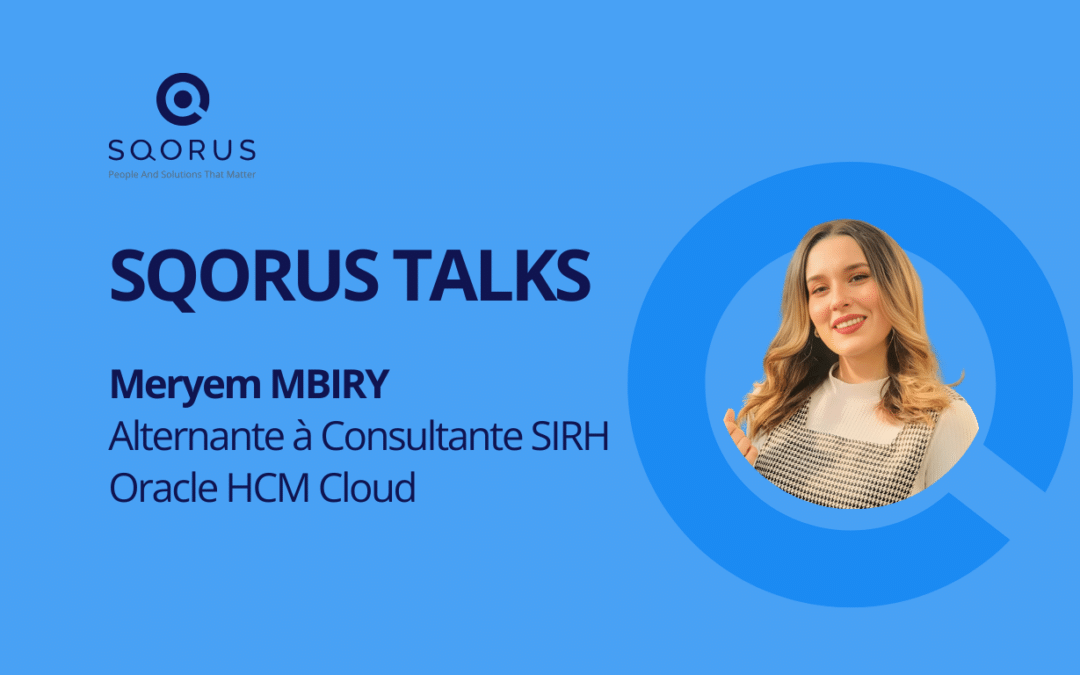The agile method designates a project management method that favors dialogue between all project stakeholders, flexibility during implementation and rapid delivery. Originally developed for IT projects as a complement to the V-cycle method, in particular to avoid the silo effect, this method is starting to be used more and more in other business projects. For a consultant, the agile method is a project management method offering several advantages.
What is an agile method?
Agile methods are a set of techniques for managing and carrying out projects. “Agile”, the word designating as a reference multiple existing methods. Compared to traditional methods, agile methods are more practical, concrete, efficient and realistic. They are based on a repetitive development cycle whose operation requires the periodic addition of a predefined quantity to a certain variable.
For a basis of practice, some core values of 12 principles should be followed to the letter. In agile methods, there are several methods such as Kanban or Scrumban. But today, the Scrum method is the most used. The XP Programming method is another.
The foundations of agile methods
There are four fundamental values on which agile methods are based. First there’s the team, then the application, then the collaboration and finally the acceptance of change.
It is important to underline the logic of prioritizing needs, which is very important in the agile method, as well as the iterative mode in which the customer will work collaboratively with the project team, particularly for the integration of additional functionalities.
As far as the twelve principles are concerned, the first thing to do is to satisfy the customer as much as possible. Secondly, you must always be prepared for any change requests that may arise. Iterative delivery of products is also necessary, as well as ensuring that there is ongoing cooperation between the client and the project team. A collaborative team empowers and motivates every team member.
On the other hand, it is best to give special importance to face-to-face conversation. But that’s not all: it’s crucial to measure the project’s progress over time, in terms of the application’s functionality. And don’t forget to think about moving the project forward at a faster, more sustained and consistent pace.
Finally, continuous improvement in technical excellence and design must always be given priority. The aim is to make teams more accountable, and to consider adjusting behavior and processes at regular intervals, notably through retrospectives, in order to improve and achieve better results.
At SQORUS, we pay particular attention to the proximity between managers and employees. Our managers support our consultants in the development of their professional skills. We organize many internal events (more than 30 events per year) to keep in touch with our consultants.
Join a great place to work
Your career at SQORUS is more than just a job, it’s an opportunity to grow professionally and personally in an environment where individual development contributes to the growth of the whole.












